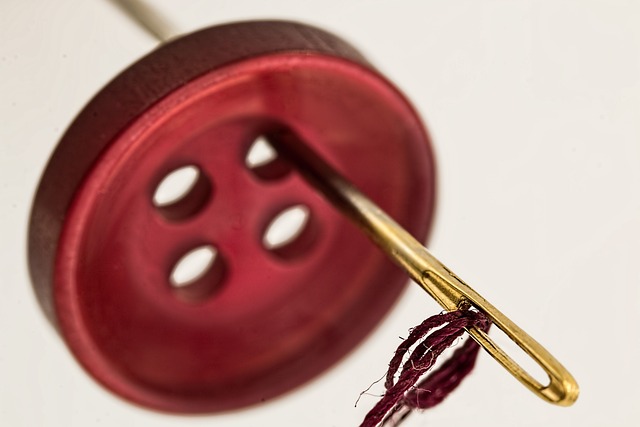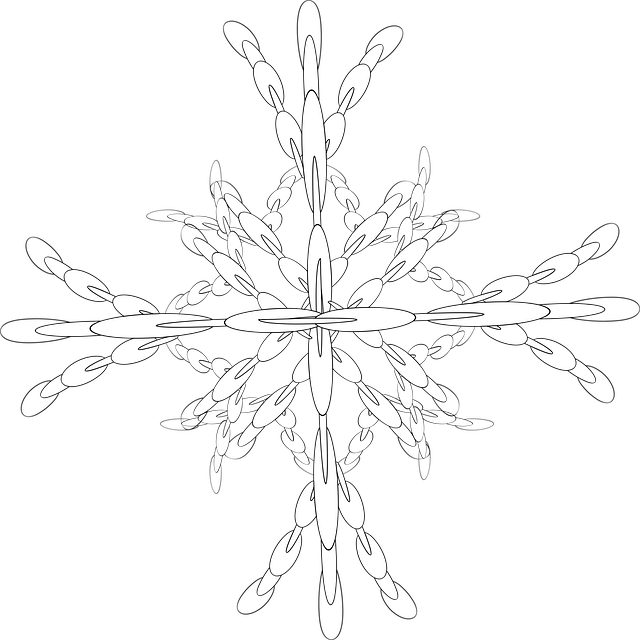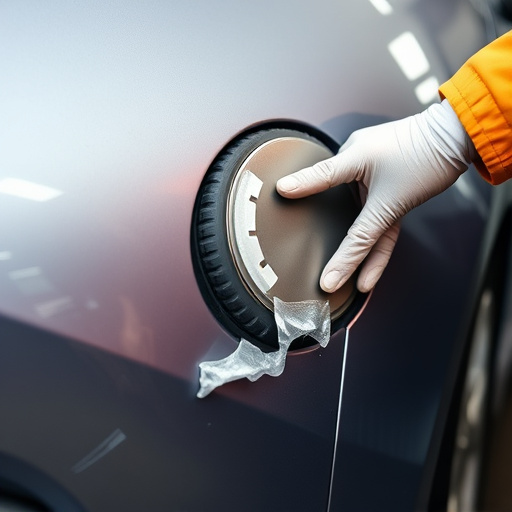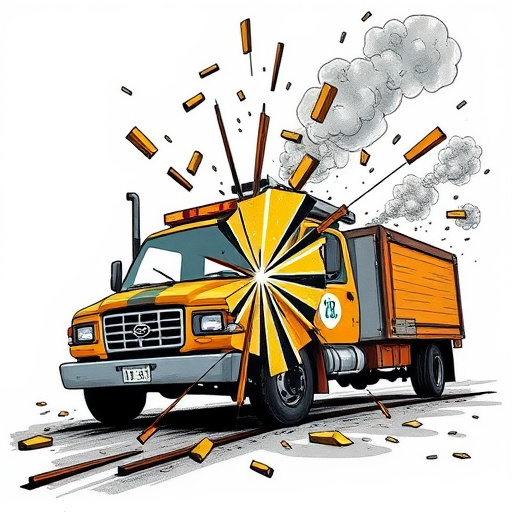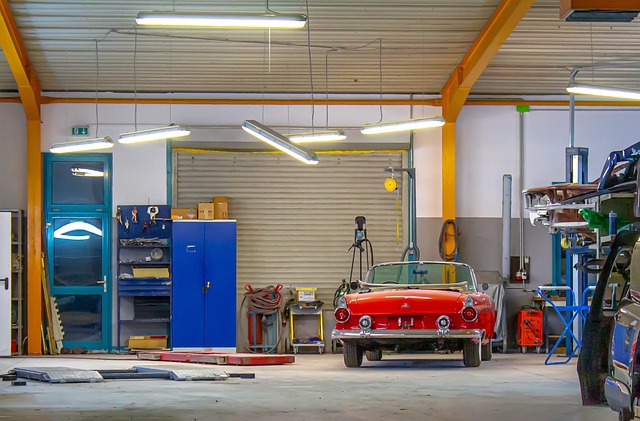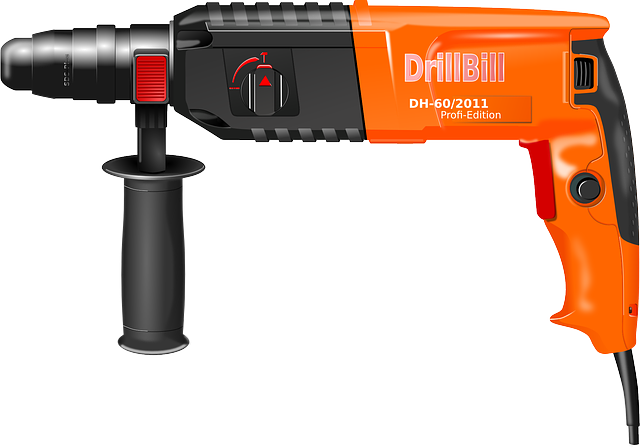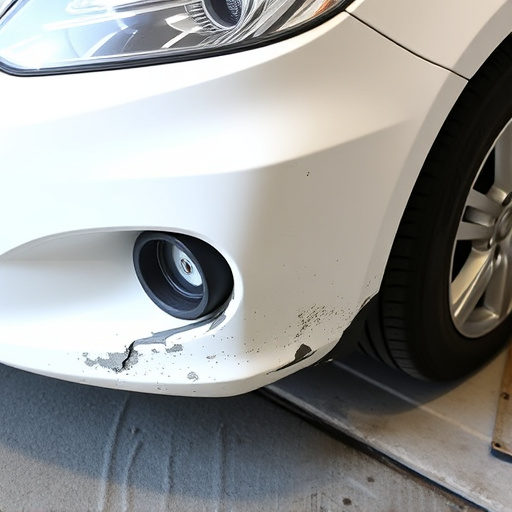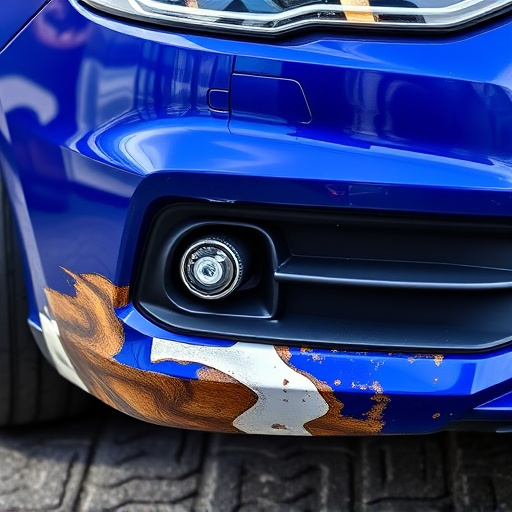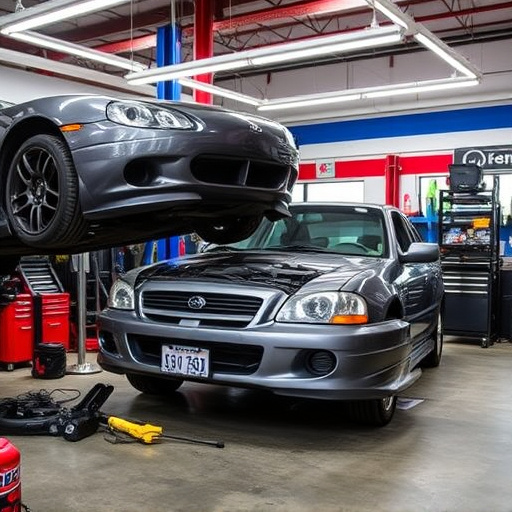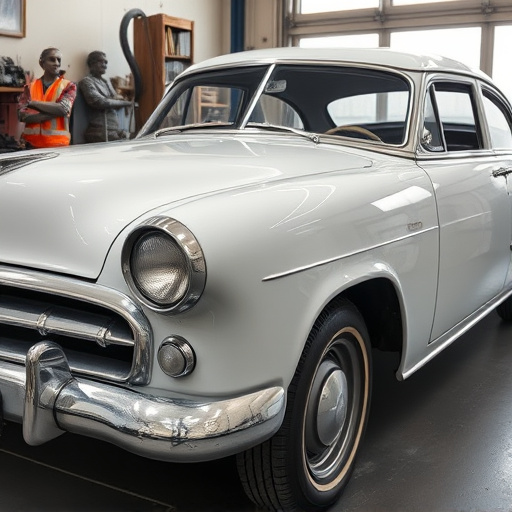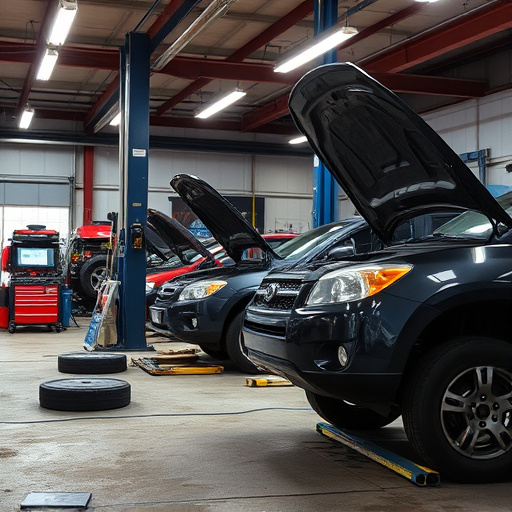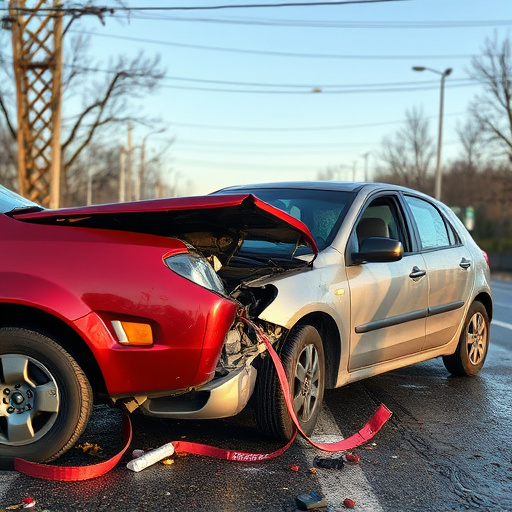Digital frame measuring tools revolutionize automotive repair, offering superior precision and efficiency compared to manual methods. These advanced systems use sensors and algorithms to instantly provide accurate data on vehicle frame straightness and alignment, crucial for flawless dent and paint repairs. By capturing detailed measurements and identifying deviations from industry standards, mechanics can ensure perfect fitment for modern vehicles' complex geometric frames. Anomalies detected during digital inspections of dent and scratch repair sites require further collision repair in specialized centers to maintain structural integrity.
In the realm of framing, precision is key. Traditionally, professionals relied on manual measuring techniques, but the advent of digital frame measuring technology has revolutionized this process. This article explores how advanced digital tools confirm proper frame straightening, enhancing accuracy and efficiency in today’s digital era. We’ll delve into traditional methods, dissect the rise of digital solutions, and provide a step-by-step guide to verifying straightness with cutting-edge digital frame measuring techniques.
- Understanding Traditional Frame Measuring Methods
- The Rise of Digital Frame Measuring Technology
- Verifying Straightening with Digital Tools: A Step-by-Step Guide
Understanding Traditional Frame Measuring Methods

In traditional automotive frame measuring, mechanics often rely on manual inspection and rudimentary tools like tape measures and angle gauges. This process involves carefully positioning the tools at various points along the vehicle’s frame to assess alignment and straightness. While it requires skill and experience, it can be time-consuming and subject to human error. These methods may not always capture subtle imperfections or variations in frame geometry, leading to less precise repairs, particularly in complex cases of vehicle dent repair or dent removal.
Digital frame measuring tools, on the other hand, offer a significant leap forward in precision and efficiency. By utilizing advanced sensors and software algorithms, digital frame measuring systems provide instant, accurate data on frame straightness and alignment. This technology is transforming the way mechanics approach dent repair and ensuring that every vehicle leaves the shop with a flawless finish, free from the remnants of previous dents or imperfections.
The Rise of Digital Frame Measuring Technology
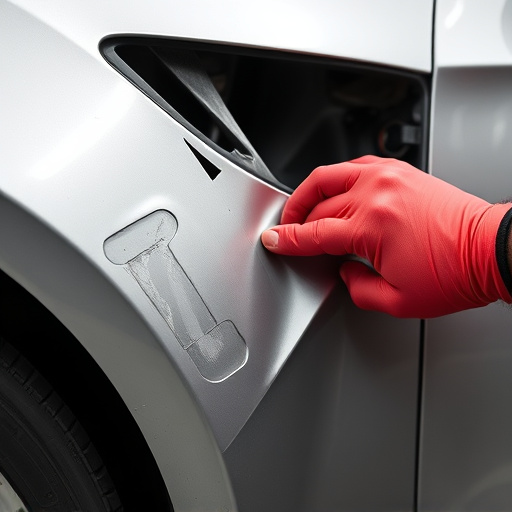
The advent of digital frame measuring technology has revolutionized the automotive industry, particularly in areas like car dent repair and vehicle paint repair. This innovative tool has become an indispensable asset for professionals dealing with fender benders and other minor damages. Unlike traditional methods that relied on manual measurement and estimation, digital frame measuring systems offer precision and accuracy unparalleled.
These advanced tools use specialized sensors and software to capture detailed measurements of a vehicle’s frame in just seconds. By providing real-time data, they enable mechanics and body shop technicians to identify even the subtlest misalignments, ensuring that every repair is executed with flawless precision. This level of detail is crucial for achieving perfect fitment, especially when dealing with complex geometric shapes found in modern vehicles’ frames.
Verifying Straightening with Digital Tools: A Step-by-Step Guide
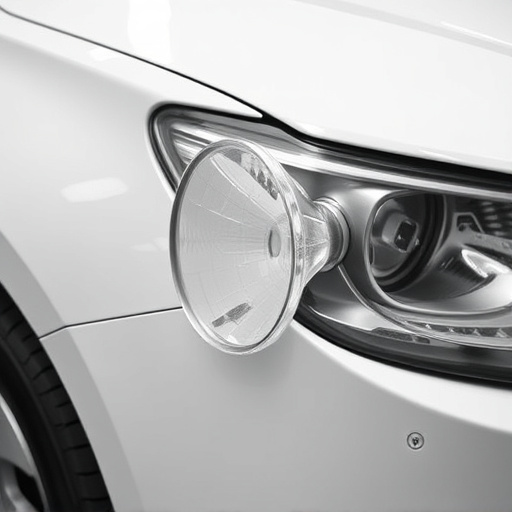
To verify frame straightening using digital tools, start by digital frame measuring the vehicle’s unaltered state. This involves using specialized software or apps that capture precise dimensions of the car’s body panels. By comparing these measurements to industry standards and pre-crash data, you can confirm any deviations, hinting at potential misalignments or damage.
Next, car dent repair and scratch repair sites are examined digitally. Inspect for uneven surfaces, dents, or scratches that might indicate impact. Advanced digital frame measuring tools often include features to highlight these anomalies, making them easier to identify. If discrepancies are found during this step, further investigation in a collision repair center is necessary to assess and rectify the issues, ensuring the vehicle’s structural integrity after any collision repair.
Digital frame measuring technology has transformed the way we ensure proper frame straightening, offering a faster, more accurate alternative to traditional methods. By leveraging advanced sensors and software algorithms, digital tools provide real-time feedback, allowing for precise adjustments during the framing process. This innovative approach not only enhances productivity but also guarantees superior results, ensuring each framed piece captures its intended essence flawlessly. Embracing digital frame measuring is a significant step towards modernizing the art of framing, making it an indispensable tool for professionals and enthusiasts alike.
